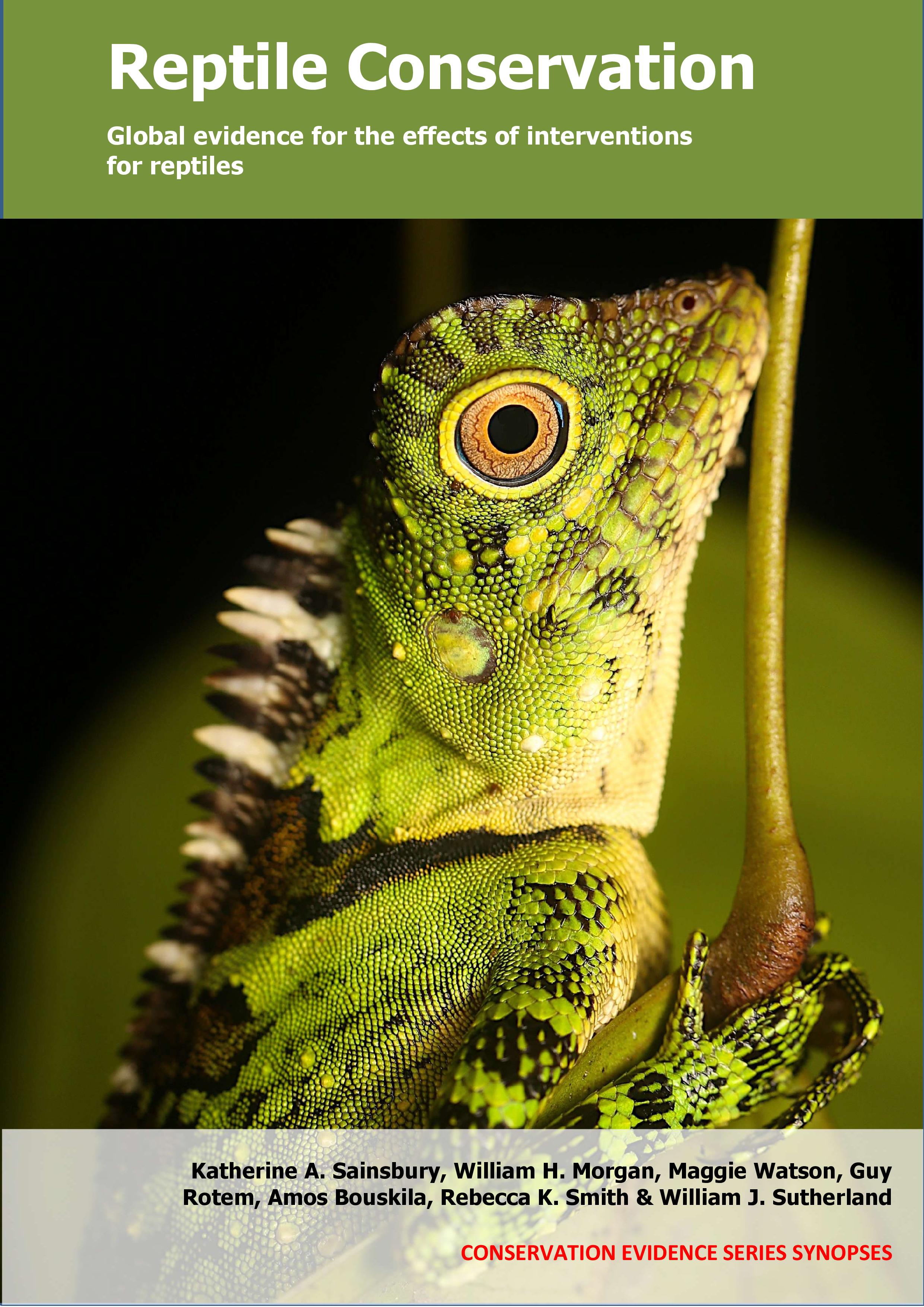Create or restore ponds
-
Overall effectiveness category Awaiting assessment
-
Number of studies: 4
View assessment score
Hide assessment score
How is the evidence assessed?
-
Effectiveness
not assessed -
Certainty
not assessed -
Harms
not assessed
Study locations
Supporting evidence from individual studies
A before-and-after study in 1998 of constructed ponds and restructured shoreline of the constructed Danube Island, Austria (Chovanec et al. 2000) found that in the first year, two of nine species found in the surrounding area had colonised the island. Two of nine reptile species (grass snake Natrix natrix and sand lizard Lacerta agilis) recorded in the broader locality were observed on the island at some of the newly created inshore zones. The 21 km shoreline, which was straight with steep embankments, was restructured by creating shallow water areas, gravel banks, small permanent backwaters and temporary waters. Thirteen newly-created inshore zones and existing artificial water bodies (created 1989–1997) and one natural water body were monitored for reptile colonization. Monitoring was undertaken during 20–32 visits (day and night) in February–October 1998 by visual surveys.
Study and other actions testedA study in 2006–2007 in two artificial ponds in Florida, USA (Ackley & Meylan 2010) found that both ponds were occupied mangrove salt marsh snakes Nerodia clarkia compressicauda, though the number of snakes may have decreased following herbicide application to ponds. In spring 2006, it was estimated that there were 33 mangrove salt marsh snakes in the artificial ponds and in spring 2007 there were 95 snakes. In summer 2007, while glyphosate herbicide was being applied to the pond vegetation, there were 94 snakes, but numbers were estimated at 47 snakes that autumn. Two artificial ponds (0.17–0.43 ha) were created to collect stormwater run-off in 1996 and 2004. Both ponds were treated with glyphosate herbicide (‘Aquamaster’) monthly during summer 2007 (exact start date not known). Salt marsh snakes were monitored at night for three nights at a time in April 2006 (spring), March–April 2007 (spring), May–July 2007 (summer) and August–October 2007 (autumn). Snakes were caught by hand, individually marked with PIT tags and released. Snakes >40 cm long were included in the calculation of abundance.
Study and other actions testedA replicated study in 1957–1980 and 2005–2013 in mixed oak forest and agricultural land in Pennsylvania, USA (Hughes et al. 2016) found that 30–60 years after eight artificial ponds were created, two aquatic turtle species were present in all almost all ponds. Approximately 30–60 years after eight artificial ponds were created, common snapping turtles Chelydra serpentina serpentina were present at all eight ponds and midland painted turtles Chrysemys picta marginata were present at six of eight ponds. In one pond, both adult and juvenile individuals were caught of both species. The authors reported that common snapping turtles first colonised one pond three years after it was created and midland painted turtles were first recorded in the same pond 16 years after it was created. In 1957–1980, eight artificial ponds (872–5,989 m2) were constructed on either side of the boundary of a nature reserve (856 ha). Turtles were monitored using two baited hoop-nets/pond for two consecutive sets of five-day trapping periods in June–July 2005–2013. One pond was monitored for turtles in 2005–2013 and the remaining seven ponds were monitored for turtles in 2013 only. All turtles were individually marked prior to release.
Study and other actions testedA replicated study in 2006–2016 in an area of ponds and dense vegetation in Anhui Province, China (Manolis et al. 2016) found that around half of constructed ponds were used by Chinese alligators Alligator sinensis following the release of captive bred individuals. Alligators were distributed among 28 of 50 constructed ponds. Successful reproduction was recorded two years after the first release (158 eggs, producing 80 hatchlings were discovered), though the full extent of nesting was unknown. Fifty ponds (30 ha total water area) were constructed in the release area, at a cost of around $US10,000/pond. Ponds were established with terrestrial (e.g. bamboo) and aquatic vegetation, and “seeded” with fish, amphibians and snails. In 2006–2016, eleven releases (during May–June) of 93 alligators were carried out (sex ratio 1 male:2 females) and population monitoring was carried out using spotlight surveys.
Study and other actions tested
Where has this evidence come from?
List of journals searched by synopsis
All the journals searched for all synopses
This Action forms part of the Action Synopsis:
Reptile Conservation
Reptile Conservation - Published 2021
Reptile synopsis





)_2023.JPG)














